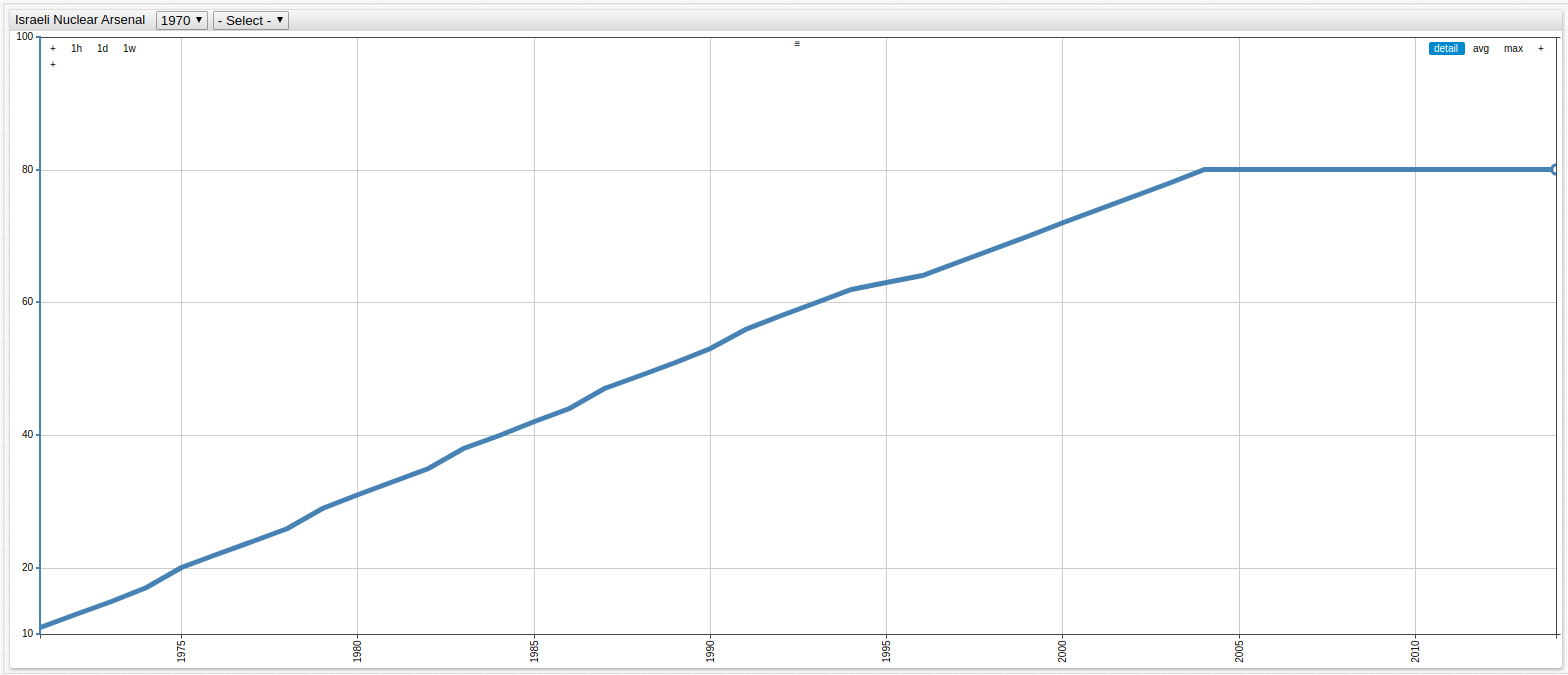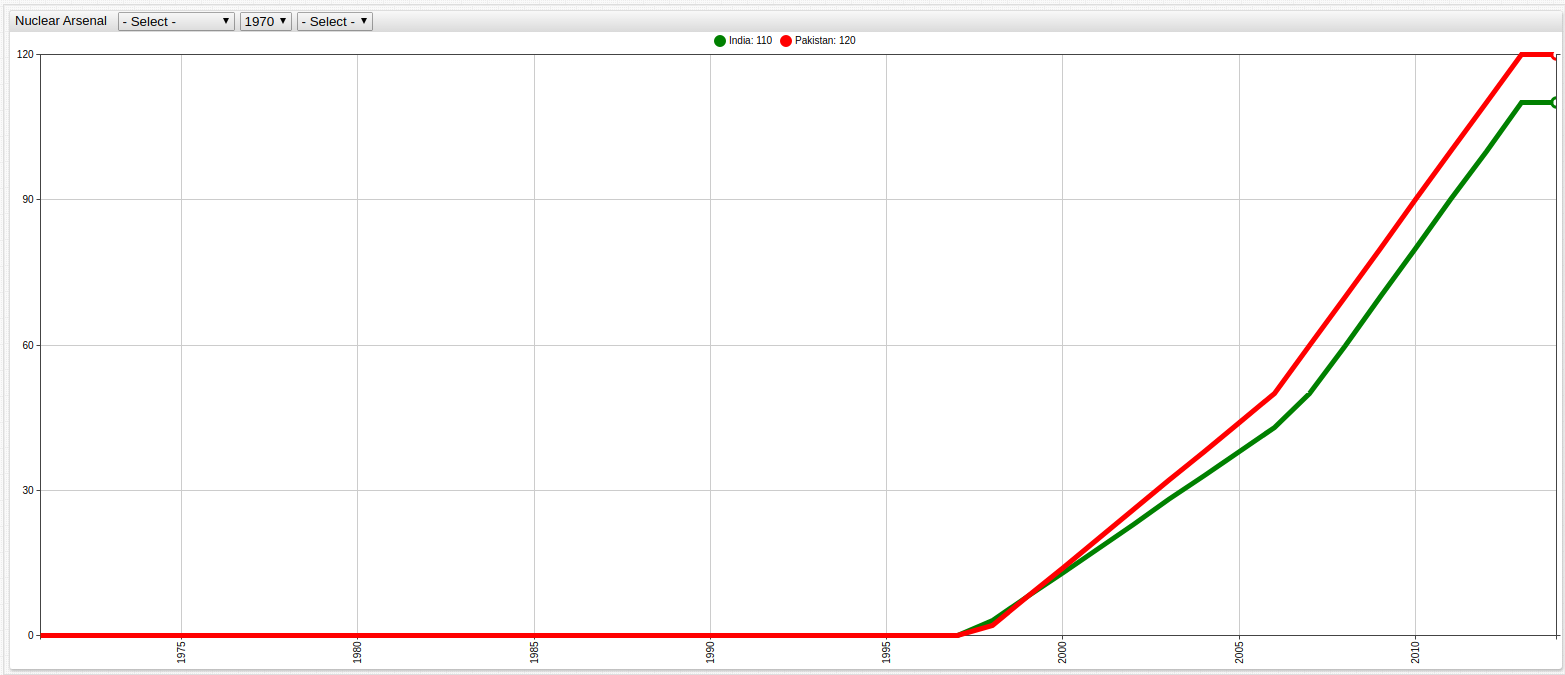The New Face of Nuclear Proliferation
Introduction
Since taking effect in 1970, the Non-Proliferation Treaty (NPT) has required that the foremost nuclear powers of the world take dramatic steps to reduce their inventory of atomic bombs and has sought to prevent the spread of weaponized nuclear technology to countries who lack it. Signed as the Cold War began to reach its peak in 1968, less than a decade after the Cuban Missile Crisis but almost twenty years before the fall of the Berlin Wall, the NPT has served an important role in international cooperation over the last 47 years.
Cold War Rivals Lead De-escalation
The NPT was primarily targeted at combating the military principal of mutually assured destruction (MAD). The logic behind MAD is straight forward: in a military conflict involving two nuclear powers, should open warfare break out, the inevitable use of nuclear weapons by both sides would result in the destruction of all belligerents, and possibly the entire world. In fact, regional detonation of roughly 100 modern nuclear weapons, a literal fraction of the estimated 15,000 nuclear weapons currently in operation, anywhere on the plant would render the earth uninhabitable and likely destroy the o-zone layer holding the atmosphere in place.
The Russian Federation and United States of America control the overwhelming majority of nuclear weaponry in existence today, shown below using data from a 2016 study.

Open the ChartLab visualization above and use the drop-down list to navigate through time and observe the changing inventories of nuclear weapons among observed nations.
Despite this however, the former Cold War rivals have also been the most proactive about self-disarmament and as permanent members of the United Nations Security Council, have lead the world away from the atomic brink. The visualization here traces the number of nuclear weapons held by the Russian Federation or Soviet Union and the United States over the last fifty years.

Open the ChartLab visualization above and navigate through time using the drop-down list to change to change the observation period.
New Players
Despite international efforts to reduce the nuclear arsenal and imminent danger of nuclear attack, the NPT has proven to be ineffective on a number of fronts. Most conspicuous among post-treaty nuclear powers, Israel maintains an international position of ambiguity although it is almost universally accepted that they have nuclear capabilities after the Apollo Affair, which saw an estimated 300 kilograms of enriched uranium disappear, allegedly having been transported illegally to Israel.
The following visualization roughly estimates the expansion of the Israeli nuclear program over the last decades using data sourced from the Bulletin of the Atomic Scientists, a nuclear think tank formed by the members of the Manhattan Project, who created the original atomic bomb used to force Japanese surrender after German defeat in World War Two.

Open the ChartLab visualization to toggle between nations and navigate through time using the drop-down lists.
Additionally, neighbors and on-again off-again rivals India and Pakistan maintain a contested border that has triggered armed military engagements as recently as 2016. Their nuclear arsenals are detailed below:

Conclusions
The Non-Proliferation Treaty was designed to prevent the spread of nuclear capabilities to countries who lacked it at the time of the signing. Despite this, since 1970 a number of countries have "gotten the bomb," as it is casually referred to. Among them conflicting neighbors India, Pakistan, and contentious Middle Eastern power Israel. Conspicuously missing from the BotAS data is current headline maker North Korea, who has been executing a series of increasingly common nuclear tests.
